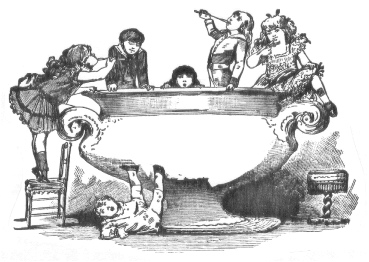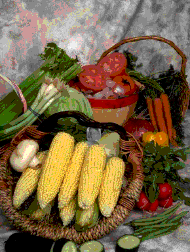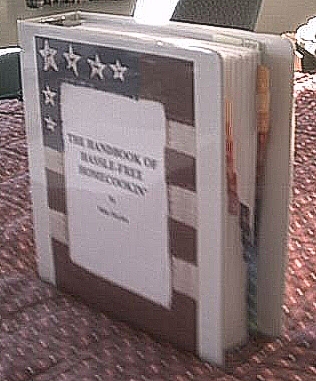 How to preserve nutritive values in the foods you buy. What about pots and pans?
How to preserve nutritive values in the foods you buy. What about pots and pans? UPDATE!! This blog has been moved! CLICK HERE TO SEE THE LATEST ISSUES!
Today, you can choose from a great variety of foods that provide the vitamins, minerals, protein, and other food nutrients needed for good health.
Certain chapters of The Handbook of Hassle-Free Homecookin' briefly cover the basics of nutrition, based on "knife ‘n fork technology." Further, bookstores are loaded with nutrition books of all kinds if you wish to pursue the subject.
In this blog, I discuss how your food handling and preparation affects some important food nutrients. I also suggest ways to conserve these nutrients. This information will help you plan and prepare meals for an adequate diet.
Foods differ in their amounts of essential nutrients. Some foods are rich in one nutrient, supplying only small amounts of others. Some foods provide many nutrients.
Nutrients vary greatly in their stability. Some nutrients, such as carbohydrate, are stable during usual handling. Other nutrients, such as vitamin C (ascorbic acid), are readily lost from some foods. Most vitamin C is water-soluble; air and heat hasten the loss of vitamin C.
 Since vitamin C is more easily destroyed than other food values, conservation of vitamin C is often used as an indexto the retention of other nutrients. Methods that protect vitamin C usually protect other nutrients. Vitamin C research has produced many improvements in the handling and processing of fruits and vegetables.
Since vitamin C is more easily destroyed than other food values, conservation of vitamin C is often used as an indexto the retention of other nutrients. Methods that protect vitamin C usually protect other nutrients. Vitamin C research has produced many improvements in the handling and processing of fruits and vegetables.Fortunately, some of the most important sources of vitamin C— citrus fruits and tomatoes—retain this nutrient very well.
Do cooking utensils, pots and pans, make a difference?
You don’t need costly equipment for cooking vegetables or other foods to conserve their nutrients. You can use a utensil with a tight fitting lid (heavy enough to prevent escape of vapor and steam) for cooking with the least added water.
Modern cooking utensils of aluminum, enamel, glass, and stainless steel do not affect the retention of nutritive values of the foods cooked in them. (Long ago, I discarded all uncoated aluminum utensils to prevent aluminum contamination of food.)
In old-style copper utensils, copper directly contacted the food and hastened vitamin C oxidation. However, this does not apply to modern pans with copper-plated bottoms where the inside cooking surface made of another metal.
In the next blog(s), I will discuss how to preserve nutrients in vegetables, fruits and juices, canned and frozen foods, meats, dairy, cereals, etc. Stay tuned!
... Meanwhile ... Don’t miss out on this bargain!
For a brief time, you can download The Handbook of Hassle-Free Homecookin' for just $1.77 US! Printable $2.77 US. Regular retail for download, $49. (I've added 248 pages since its first release in 1974!)
(Act now! Ridiculous LOW Price will increase in a few days.)
 Print and place The Handbook of Hassle-Free Homecookin' in a 3-ring binder and it becomes a GIANT 344-page manual you’ll want in your kitchen (or restaurant).
Print and place The Handbook of Hassle-Free Homecookin' in a 3-ring binder and it becomes a GIANT 344-page manual you’ll want in your kitchen (or restaurant). (Photo taken with my el cheapo .5 mhz "digital pinhole" camera.)
Most "cookbooks" are recipe books that tell you WHAT to cook.
The Handbook of Hassle-Free Homecookin' tells you HOW to cook -- whether you’re wondering how to cook a turkey, how to interpret cooking recipes, how to cook light, how to cook a prime rib, turkey cooking time, how to shop for cooking utensils, pot and pans ... you name it!
Happy New Year!
Mike Hayden
Slightly Famous Author of
The Handbook of Hassle-Free Homecookin'.
© 2007 Mike Hayden
